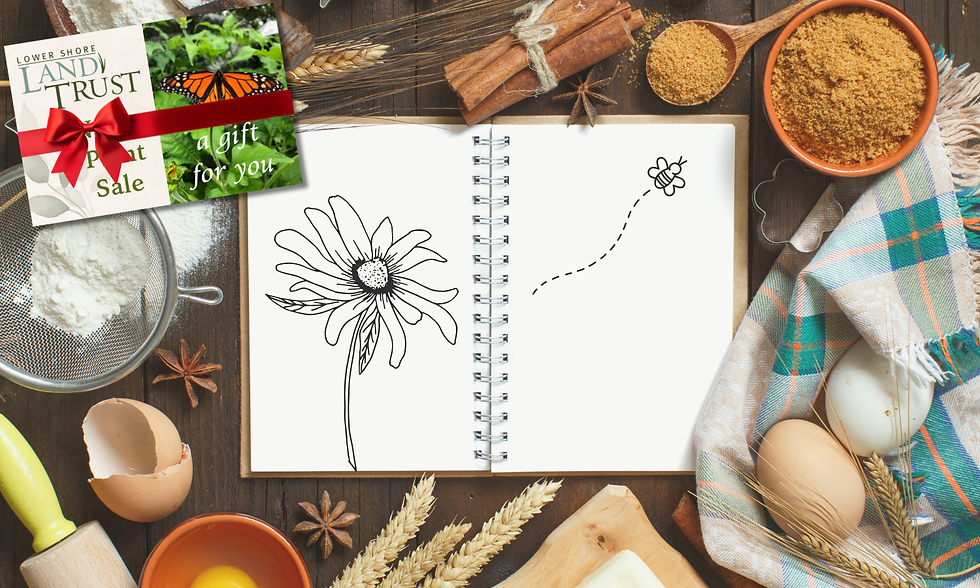Battling Invasives: Summer Tactics for Stubborn Plants
- Jared Parks

- Jun 10
- 2 min read
Updated: Jun 16

Summer isn’t necessarily the best season to treat invasive plant species, but a bit of summer management can set the stage for a more impactful fall treatment. When plants are in the midst of their summer growth period, they are more resistant to chemical treatment. However, mechanical management at this time can impact a plant’s ability to fend off chemical treatment in the fall when already more susceptible to disturbance.
Some of our invasive plants are much more resistant to treatment of all kinds than others. Because of their growth rate, ability to store large amounts of energy underground, or other natural defense mechanisms, these super-charged invasives can require a true integrated pest management (IPM) strategy. IPM is a method of treatment that relies on multiple “tools” to control an infestation. An integrated approach attacks the plant in multiple different ways, causing damage to multiple systems making the overall organism less resilient.
On the Lower Shore, some of our most problematic invasives include hard to kill
species like; Japanese knotweed (Reynoutria japonica), Japanese or Chinese wisteria (Wisteria sinensis), Common Reed (phragmites), and
Oriental bittersweet (Celastrus orbiculatus). These plants are vigorous growers, heavy seed producers, and often spread rapidly through root-growth, all traits that lend to their being hard to kill with any single method. When IPM is employed, the rate of success can be dramatically increased.

The mechanical method employed may be different for different species. For instance, all parts of the knotweed plant (roots and stems) can form new plants, so neither mowing nor hand-pulling are effective mechanical treatment methods, but careful cutting and disposal of the aboveground portion of the plant can be very effective. Oriental bittersweet, on the other hand, is more effectively treated by pulling it up by the roots. In both cases, the mechanical treatment is not enough on its own to eradicate the plant. It helps reduce seed-set. It helps reduce aboveground biomass. It helps to exhaust the reserves stored in the plant’s roots. It will not, however, finish the job.
If the appropriate chemical treatment is applied at the correct time during the fall after mechanical treatment, the overall efficacy is greatly increased. When the plants grow back after being setback by the mechanical treatment, they are more susceptible to the chemical treatment at a time when they are sending energy back into the roots for winter storage. IPM won’t solve all invasive issues in one season, but it will certainly shorten the overall eradication timeline over single methods. It also carries the added benefit of using less chemical more efficiently leading to lower costs and fewer adverse side effects.




